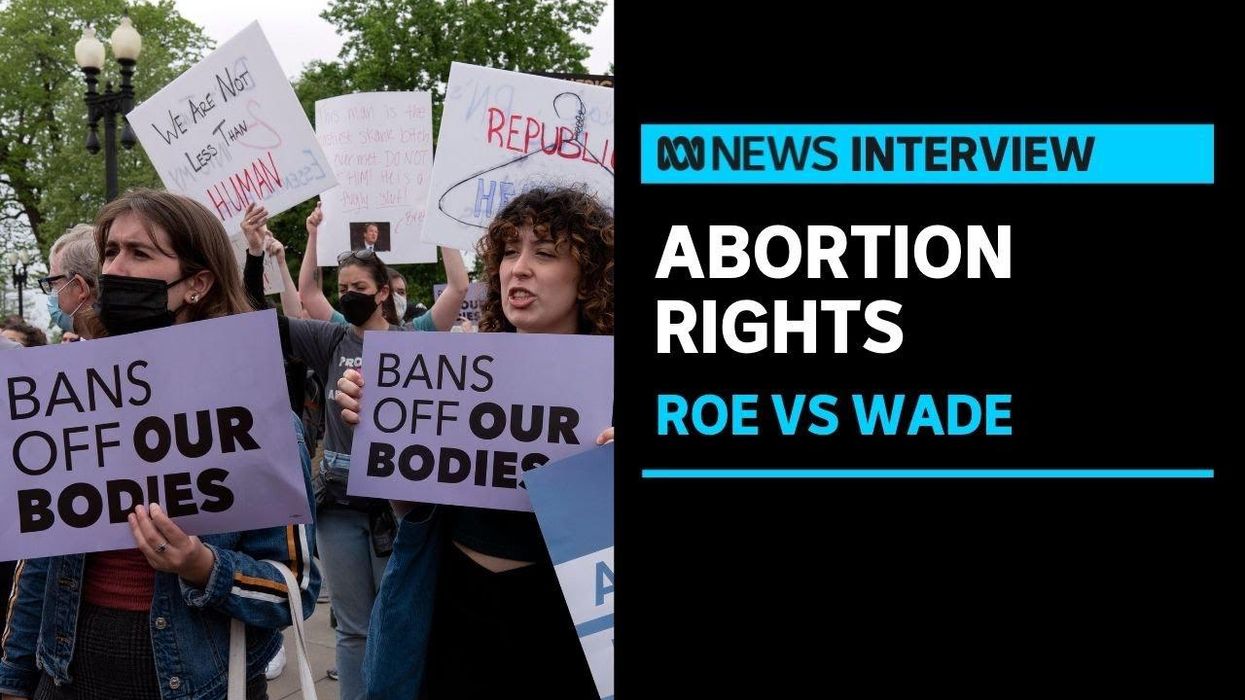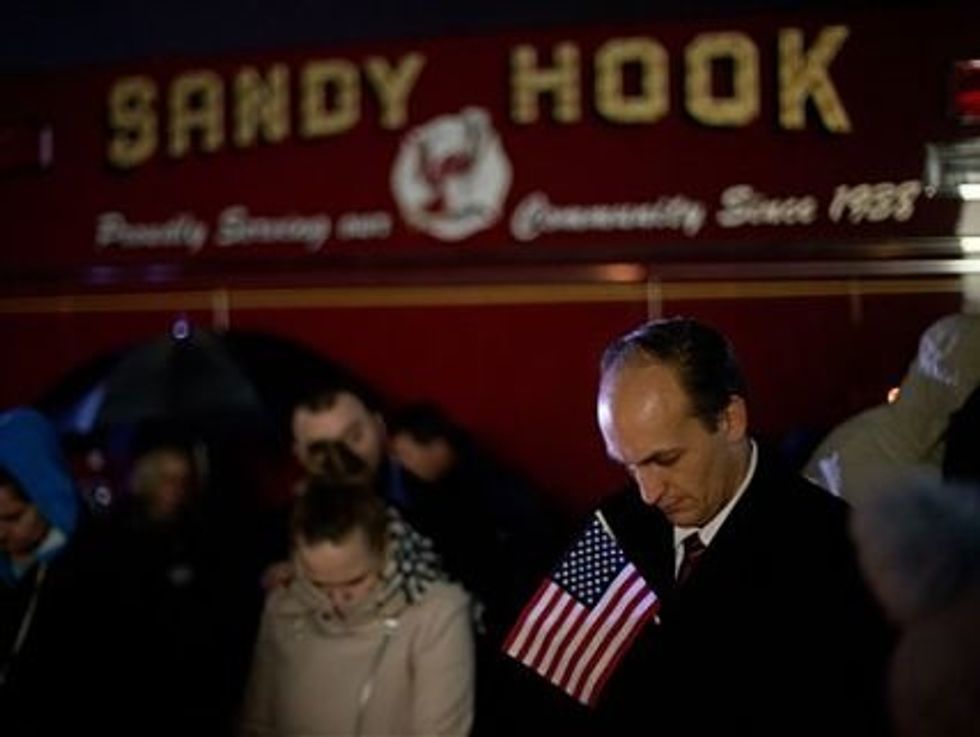Trump Has Begun A New Civil War -- And We Must Stop Surrendering
We are losing the Second Civil War for the Union. Ten thousand were lost at the battle of Heath and Human Services. There were another 10,000 casualties at the battle of USAID. Thirteen hundred souls fell at the battle for the Department of Education. One thousand one hundred and fifty-five scientists have fallen at the battle of the EPA. The Ninth Circuit Court of Appeals has ordered a temporary halt to fighting raging at the Departments of Veterans Affairs, Agriculture, Defense, Energy, the Interior and Treasury, allowing unions and nonprofits to pick up their wounded from the battlefield during the ceasefire. The Trump administration struck back immediately and appealed the Ninth Circuit decision to the Supreme Court.
Surrenders are happening in Trump’s battles to defeat Union law firms. Two thousand lawyers from the New York firm of Paul Weiss threw down their arms after the firm’s commander, Brad S. Karp, walked into the Oval Office on March 19 and agreed to spend $40 million to support groups of Trump’s choosing if he would stop shooting at Karp's lawyers. Today, another New York firm, Skadden Arps, raised a white flag and threw $100 million at Trump’s feet in what was seen by legal experts as an abject surrender to Trump’s autocratic rule.
Yesterday, Trump added to his articles of Confederation when he issued an executive order calling on the surrender of the Smithsonian Institution, founded in 1846 for “for the increase & diffusion of knowledge among men.” From now on, according to Trump, the Smithsonian will be under the control of Vice President JD Vance and will be forbidden from putting on any “exhibits or programs that degrade shared American values, divide Americans based on race, or promote programs or ideologies inconsistent with Federal law and policy.”
In addition, Trump ordered steps to be taken to restore “public monuments, memorials, statues, markers, or similar properties” that have been “removed or changed to perpetuate a false reconstruction of American history, inappropriately minimize the value of certain historical events or figures, or include any other improper partisan ideology.”
You know exactly what that means. They’ve already renamed Fort Benning and Fort Bragg after Confederate generals who lost more battles than they won. Now they’ll send teams of engineers around the country re-erecting statues to Robert E. Lee and General John Bell Hood, who lost more than 7,000 soldiers at the Battle of Franklin. They’ve already made teaching Black history illegal in some school systems and colleges around the country.
Now that Vance is in charge of the Smithsonian, how long do you think it will be until displays about the history of slavery are taken down at the National Museum of African American History and Culture? Do you think the word “feminism” will appear anywhere at all when they build the American Women’s History Museum?
Trump has been losing case after case challenging his executive orders in federal court. He has lost twice in courts of appeals, in Washington D.C. and California, in cases involving the firing of as many as 16,000 federal workers and his invocation of a 200-year-old wartime law when he deported alleged Venezuelan gang members to a notorious torture prison in El Salvador. He can’t win in court, so he has decided to intimidate lawyers and law firms who file and win cases against him. He’s rounding up foreign students from their apartments and dorm rooms and even off the streets for exercising their free speech rights in supporting Palestinian causes. How long before he orders the arrest of citizens for publishing political speech and even historical analysis that anger him?
We’re losing the Civil War that Trump started with his executive orders that effectively secede our federal government from the Union. The red states are already lost, some with abortion bans that don’t even allow exceptions for rape or incest. Advocates for Project 2025 want the Trump administration to use the long-dormant Comstock Act of 1873 to ban the shipment of abortion drugs and even medical equipment across state lines, effectively instituting a kind of passive national ban on abortion. Can a ban on birth control be far behind?
The First and Fifth Amendments are already constrained by Trump’s actions. He fired a cannon at the 14th Amendment with his executive order attempting to ban birthright citizenship. They’ve had their eye on equal protection of the laws since Brown v Board of Education and the Civil Rights laws. They want to bring back the “right of free association” that allowed segregated schools and public facilities in the states that lost what from now on we will have to call the First Civil War.
JD Vance is probably already working on a Smithsonian statue on the Mall for General Elon Musk, the Robert E. Lee of the Second Civil War.
We already know they won’t accept the results of the next presidential election if they don’t win. We are now confronted with this dark question: will our votes be enough to save the Union?
Reprinted with permission from Lucian Truscott Newsletter.












